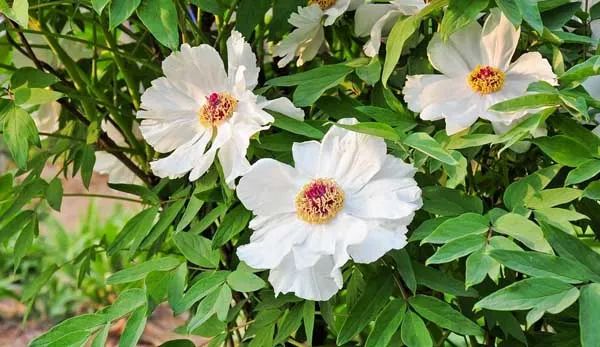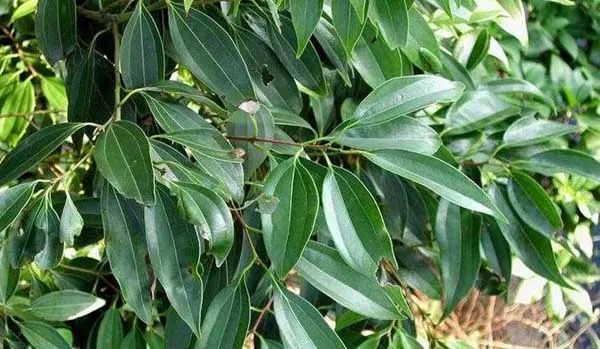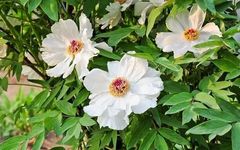Su He Xian Sheng A Soulful TCM Public Account
Winter is the season most prone to colds, as well as the season when influenza is prevalent! Especially for those with weaker constitutions and lower resistance, recovery from a cold can be difficult!
Zhang Zhongjing, known as the Sage of Medicine in TCM history, lived during the late Eastern Han Dynasty, a time of great turmoil in Chinese history, where the common people suffered greatly. Over a decade, two-thirds of the population died from epidemics, with 70% succumbing to typhoid fever. Later, Zhang Zhongjing resigned from his position as the governor of Changsha to focus on researching the diagnosis and treatment of typhoid fever, diligently summarizing the medical theories and experiences of predecessors, and widely collecting folk remedies, ultimately writing one of the earliest clinical treatment manuals, the “Shang Han Lun” (Treatise on Cold Damage).

The influence of the “Shang Han Lun” on later generations is immense. One of the most famous formulas in it is the timeless remedy for colds, Gui Zhi Tang (Cinnamon Twig Decoction), which has been used for over 2000 years.
This formula is the most effective and fundamental remedy for treating wind-cold colds.
Let’s take a look at the composition of the renowned Gui Zhi Tang:
Gui Zhi (Cinnamon Twig) 9g, Bai Shao (White Peony) 9g, Zhi Gan Cao (Honey-Fried Licorice) 6g, Da Zao (Jujube) 10 pieces, Sheng Jiang (Fresh Ginger) 3-5 slices.
Decoct in water and take twice a day, one dose per day.
Gui Zhi enters the Lung, Heart, and Bladder meridians, with a spicy and sweet flavor and warm nature, having the effects of releasing the exterior, relaxing the muscles, relieving asthma, warming Yang, unblocking the meridians, and promoting urination. When wind-cold invades, it first attacks the skin and hair, which is the body surface; the Lung governs the skin and hair, and the symptoms that manifest are clear nasal discharge, nasal congestion, sneezing, coughing, headache, aversion to cold and wind, and body aches. Gui Zhi can mobilize Qi and Blood to the body surface to combat the invading wind-cold, which is the muscle-relaxing function of Gui Zhi.
Wind-cold colds can easily cause muscle stiffness and soreness; Gui Zhi’s warming Yang effect can strengthen the heart’s Yang Qi and unblock the meridians. The medicinal properties are adept at reaching the limbs, allowing Gui Zhi to disperse the wind-cold evil from the body surface and limbs.
Bai Shao has a bitter and sour taste and a cold nature, entering the Liver and Spleen meridians. The bitterness can drain and descend, while the sourness can astringe. Gui Zhi induces sweating, while Bai Shao tonifies blood; one expels wind-cold through sweating, while the other enhances the body’s resistance by tonifying Yin blood and fluids, preventing excessive sweating from harming the righteous Qi. This is the harmonizing effect of Gui Zhi Tang on Ying and Wei.

Gan Cao and Da Zao both have sweet properties; sweetness can alleviate urgency and tonify. These two brothers can replenish Qi and Blood, enhancing resistance. Sheng Jiang has a warm nature, capable of warming the Spleen and Stomach, improving their transformation and transportation abilities, thus continuously generating Qi and Blood, rapidly enhancing the body’s immunity and disease resistance.
Although Gui Zhi Tang is simple, its composition is rigorous, with both dispersing and tonifying effects, addressing both the evil and the righteous, harmonizing Ying and Wei, as well as Yin and Yang, making it the primary formula for treating wind-cold colds.
Gui Zhi Tang can both release and consolidate, harmonizing Yin and Yang, and enhancing Qi and Blood. When Qi and Blood are abundant, evils cannot invade. The dosage of Gui Zhi Tang for preventing colds should be reduced:
Gui Zhi 3g, Bai Shao 3g, Zhi Gan Cao 2g, Da Hong Zao (Big Red Date) 3 pieces (broken), Sheng Jiang 4 slices.
Use a thermos to steep in hot water for 15 minutes before taking.
If you find this helpful, please click Like to let your friends know!

